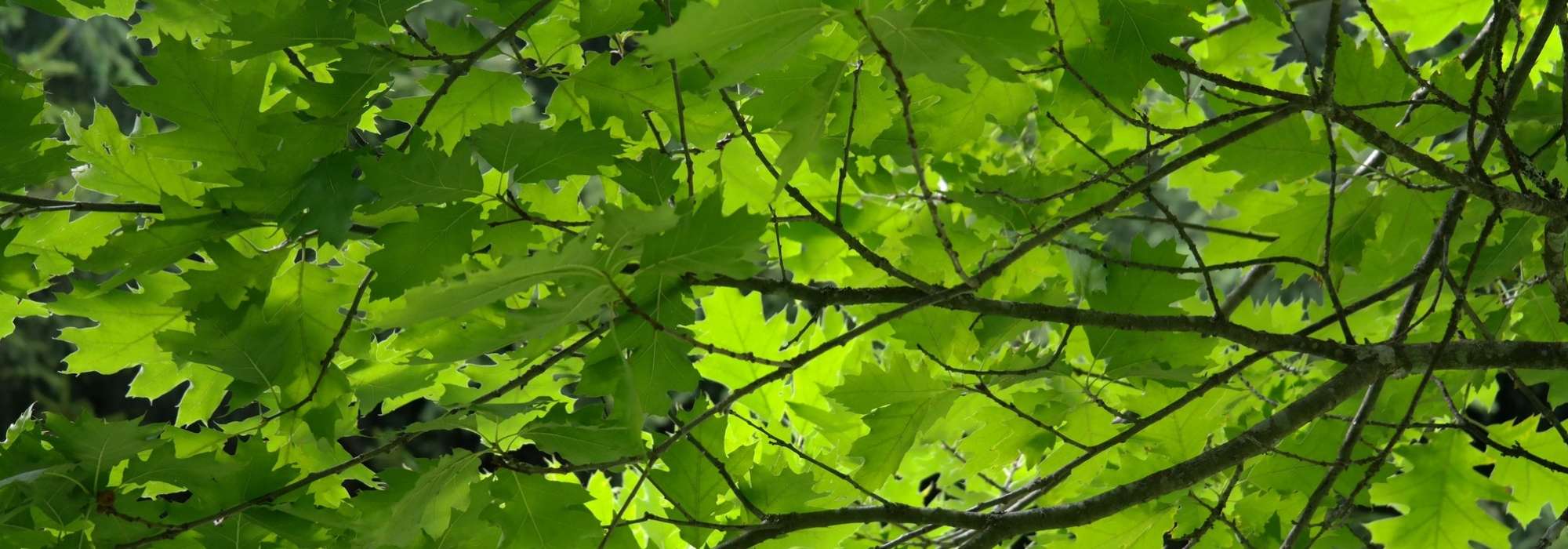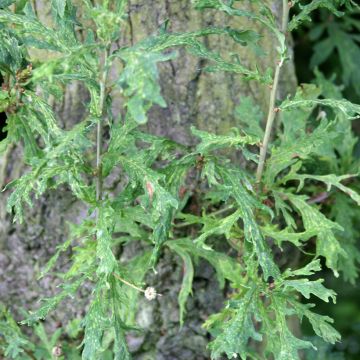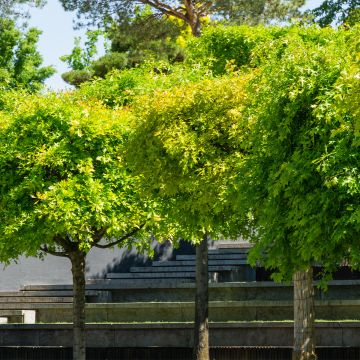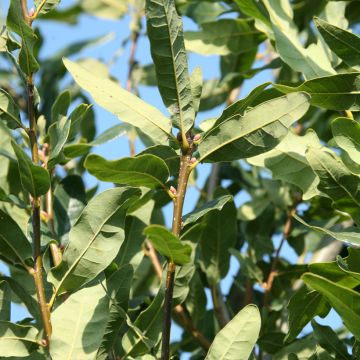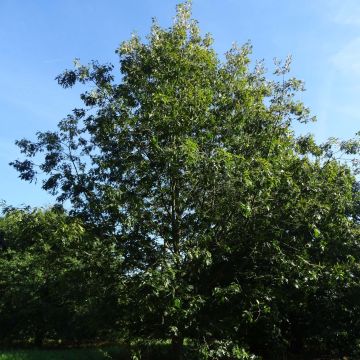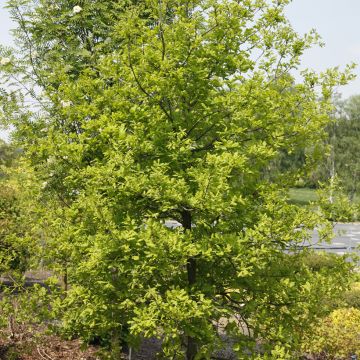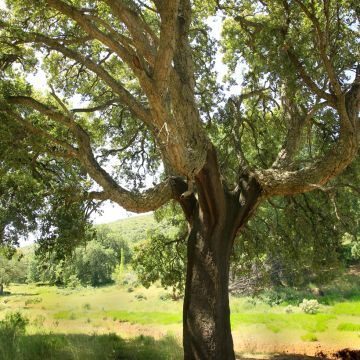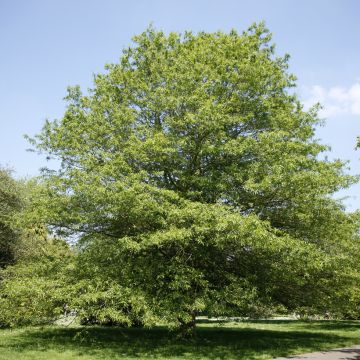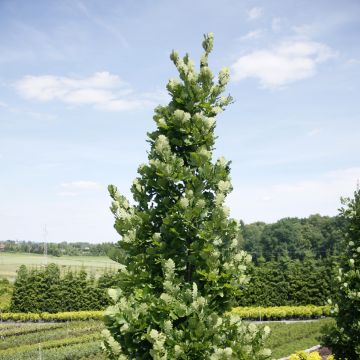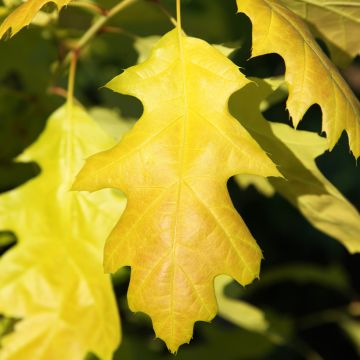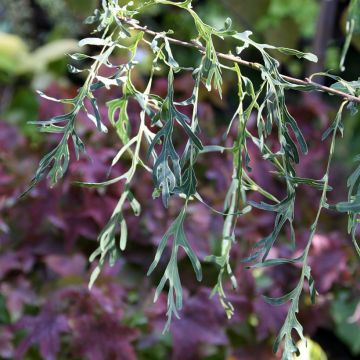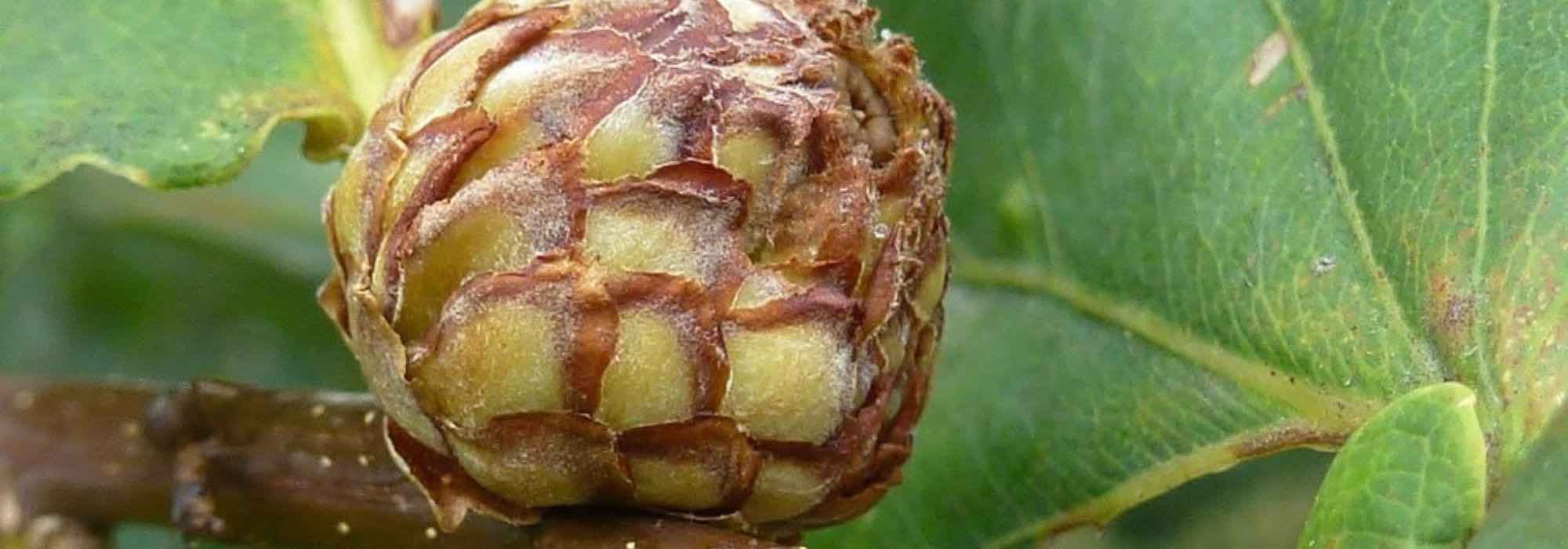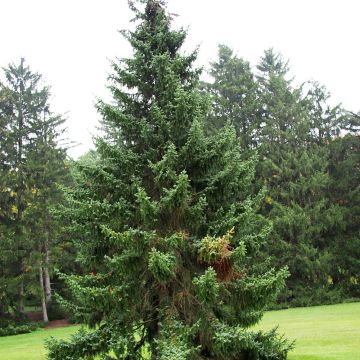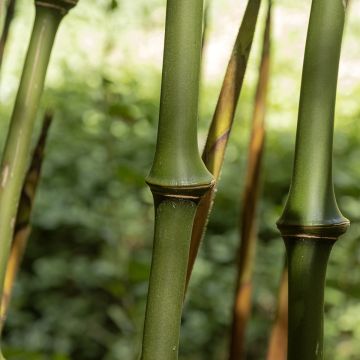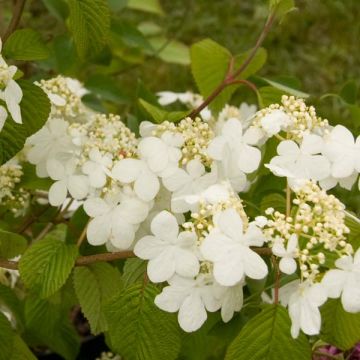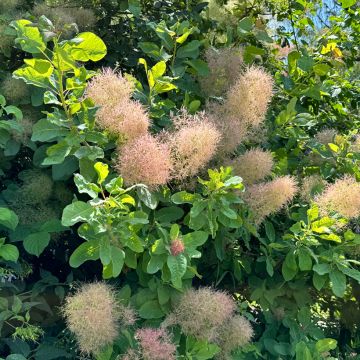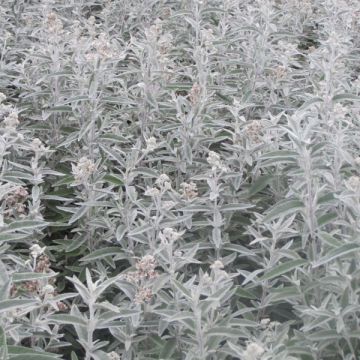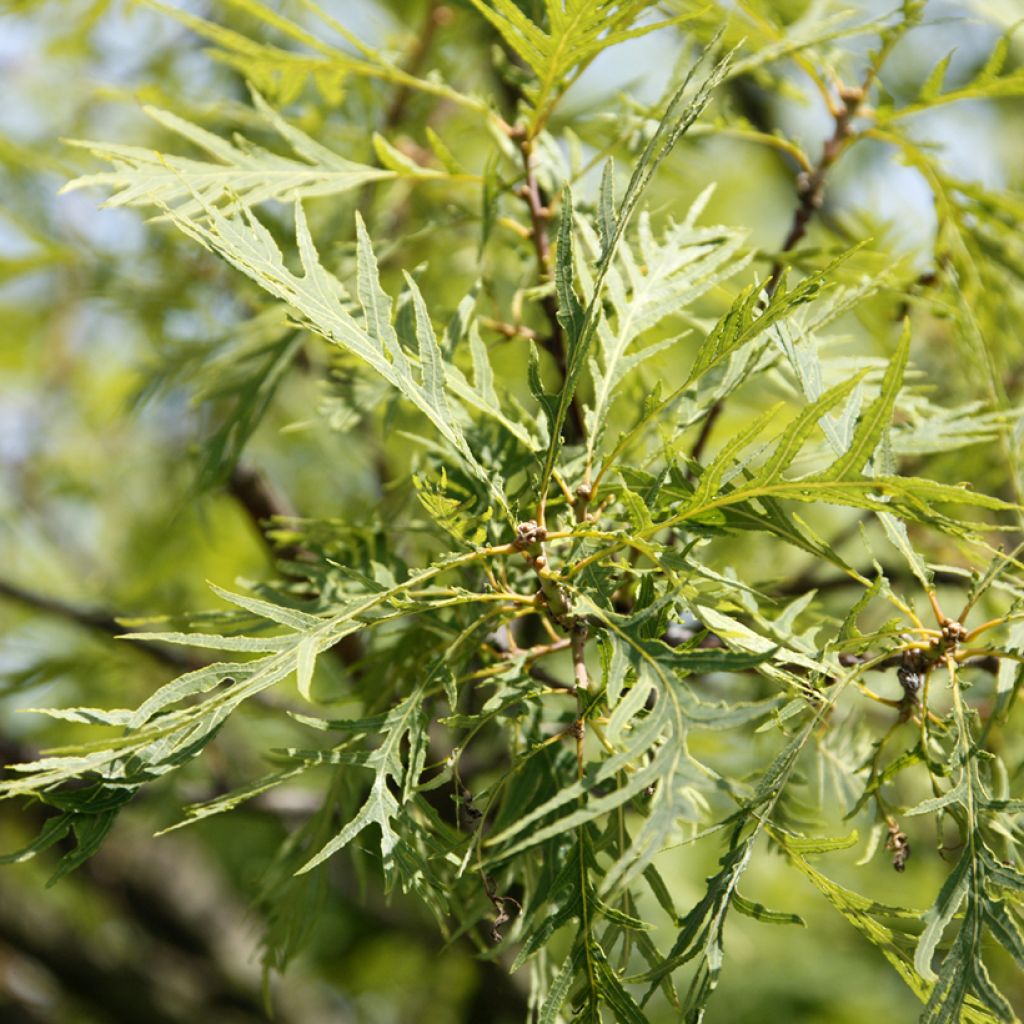

Quercus robur Pectinata - English oak
Quercus robur Pectinata - English oak
Quercus robur Pectinata
English oak, Pedunculate oak
Special offer!
Receive a €20 voucher for any order over €90 (excluding delivery costs, credit notes, and plastic-free options)!
1- Add your favorite plants to your cart.
2- Once you have reached €90, confirm your order (you can even choose the delivery date!).
3- As soon as your order is shipped, you will receive an email containing your voucher code, valid for 3 months (90 days).
Your voucher is unique and can only be used once, for any order with a minimum value of €20, excluding delivery costs.
Can be combined with other current offers, non-divisible and non-refundable.
Home or relay delivery (depending on size and destination)
Schedule delivery date,
and select date in basket
This plant carries a 24 months recovery warranty
More information
We guarantee the quality of our plants for a full growing cycle, and will replace at our expense any plant that fails to recover under normal climatic and planting conditions.
Would this plant suit my garden?
Set up your Plantfit profile →
Description
Quercus robur 'Pectinata' is a form of Pedunculate Oak with original foliage. The linear leaves are deeply cut, with small elongated and thin lobes, giving a light appearance to this very interesting selection. They turn a dark yellow-brown in autumn. The tree is of medium size, with a rounded, semi-open crown. It thrives in sunlight, but not in drought, and prefers rich, humus-bearing, moist soils. Resistant to cold and urban pollution, it is a good choice for medium to large gardens.
The Oak is a member of the Fagaceae family, like the Beech and the Chestnut. It has approximately 600 species worldwide, both deciduous and evergreen, mainly in the northern hemisphere, in arid, temperate, or humid tropical climates. The Quercus genus particularly inspires collectors, as has many forms, such as the Chestnut-leaved Oak... There are approximately 240 named cultivars, such as 'Pectinata'.
The Pedunculate Oak 'Pectinata' was obtained in Germany in 1864. It grows relatively slowly and reaches a height of about 10 to 15m at maturity. The young branches have a reddish-brown colour that contrasts pleasantly with the dark grey bark, and especially with the mature dark green leaves. The leaves are alternate, linear, deeply cut, with small elongated lobes. The lobes are straight and clearly directed forward. While the lower surface is a matte green, the upper surface is slightly glossy dark green, with a lighter central vein visible in each lobe.
The 'Pectinata' Oak is quite accommodating in terms of growing conditions, tolerating moderately acidic to limestone soils without excess. Its main requirement is moisture, as it does not tolerate drought. A moist, humus-bearing soil and a sunny exposure are ideal for it. In drying sandy soil, its size will be reduced and its growth affected. Hardy to approximately -23°C, it will grow in continental and oceanic zones.
Quercus robur 'Pectinata' has very attractive foliage that lightens the overall silhouette of this tree, which is smaller than the species. It is perfect for planting as a specimen in a medium-sized urban garden, as it is resistant to urban pollution. You can plant a variety of Heucheras at its base, charming perennials that come in almost all existing plant colours, green, grey, orange, purple, pink. It cn also be planted in avenues, in a very large garden. It also provides pleasant shade, which will let light through in winter. Its acorns, sometimes produced in abundance, feed small animals such as squirrels and jays. It can be associated, for example, with maples, plane trees, hackberries (hardy even in the north), lindens, and sophora in a large park.
Quercus robur Pectinata - English oak in pictures
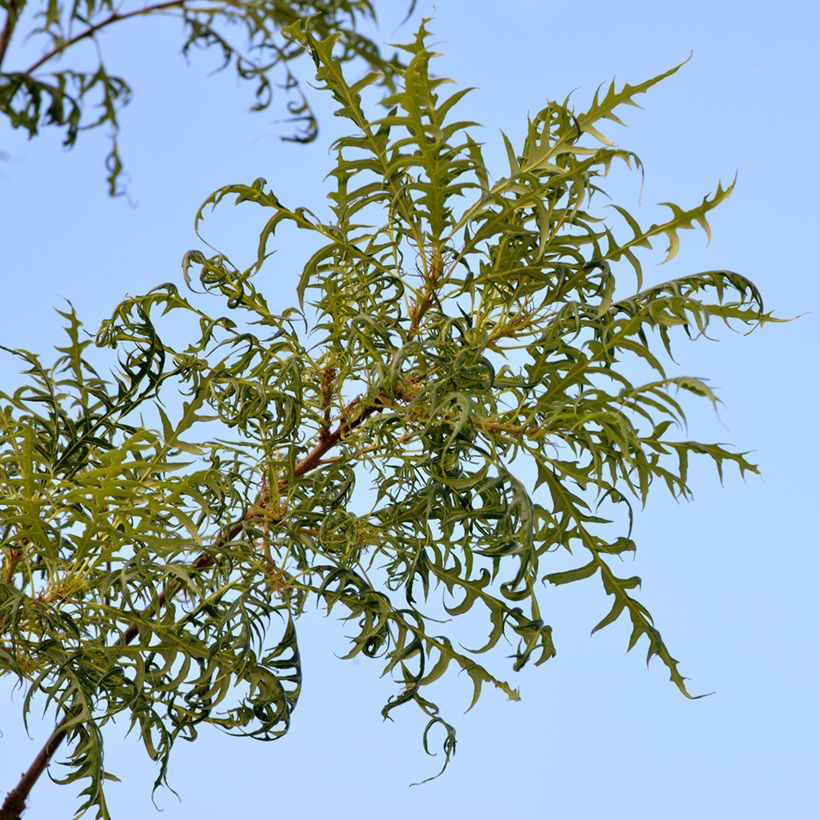

Plant habit
Foliage
Botanical data
Quercus
robur
Pectinata
Fagaceae
English oak, Pedunculate oak
Quercus pectinata
Cultivar or hybrid
Other Oak
View all →Planting and care
Quercus robur Pectinata grows in ordinary but deep soil, remaining moist at depth, preferably clayey, slightly chalky, neutral or slightly acidic. Once established, this tree with deep roots can withstand normal summers and does not require any watering. This oak succeeds almost everywhere. It appreciates damp but well-drained soils, where its growth will be faster. Dry and/or sandy soils restrict its growth and prevent it from reaching its normal size.
It prefers sunny and clear exposures, which promote darker foliage. However, in a hot climate, it will tolerate light shade. Soak the root ball in a bucket for fifteen minutes before planting it and then water it abundantly. Place a stake to help it start, water for the first two years, and then let nature take its course. Once established, this tree requires very little maintenance, except for removing dead wood. It is not very susceptible to diseases.
Planting period
Intended location
Care
Planting & care advice
This item has not been reviewed yet - be the first to leave a review about it.
Similar products
Haven't found what you were looking for?
Hardiness is the lowest winter temperature a plant can endure without suffering serious damage or even dying. However, hardiness is affected by location (a sheltered area, such as a patio), protection (winter cover) and soil type (hardiness is improved by well-drained soil).

Photo Sharing Terms & Conditions
In order to encourage gardeners to interact and share their experiences, Promesse de fleurs offers various media enabling content to be uploaded onto its Site - in particular via the ‘Photo sharing’ module.
The User agrees to refrain from:
- Posting any content that is illegal, prejudicial, insulting, racist, inciteful to hatred, revisionist, contrary to public decency, that infringes on privacy or on the privacy rights of third parties, in particular the publicity rights of persons and goods, intellectual property rights, or the right to privacy.
- Submitting content on behalf of a third party;
- Impersonate the identity of a third party and/or publish any personal information about a third party;
In general, the User undertakes to refrain from any unethical behaviour.
All Content (in particular text, comments, files, images, photos, videos, creative works, etc.), which may be subject to property or intellectual property rights, image or other private rights, shall remain the property of the User, subject to the limited rights granted by the terms of the licence granted by Promesse de fleurs as stated below. Users are at liberty to publish or not to publish such Content on the Site, notably via the ‘Photo Sharing’ facility, and accept that this Content shall be made public and freely accessible, notably on the Internet.
Users further acknowledge, undertake to have ,and guarantee that they hold all necessary rights and permissions to publish such material on the Site, in particular with regard to the legislation in force pertaining to any privacy, property, intellectual property, image, or contractual rights, or rights of any other nature. By publishing such Content on the Site, Users acknowledge accepting full liability as publishers of the Content within the meaning of the law, and grant Promesse de fleurs, free of charge, an inclusive, worldwide licence for the said Content for the entire duration of its publication, including all reproduction, representation, up/downloading, displaying, performing, transmission, and storage rights.
Users also grant permission for their name to be linked to the Content and accept that this link may not always be made available.
By engaging in posting material, Users consent to their Content becoming automatically accessible on the Internet, in particular on other sites and/or blogs and/or web pages of the Promesse de fleurs site, including in particular social pages and the Promesse de fleurs catalogue.
Users may secure the removal of entrusted content free of charge by issuing a simple request via our contact form.
The flowering period indicated on our website applies to countries and regions located in USDA zone 8 (France, the United Kingdom, Ireland, the Netherlands, etc.)
It will vary according to where you live:
- In zones 9 to 10 (Italy, Spain, Greece, etc.), flowering will occur about 2 to 4 weeks earlier.
- In zones 6 to 7 (Germany, Poland, Slovenia, and lower mountainous regions), flowering will be delayed by 2 to 3 weeks.
- In zone 5 (Central Europe, Scandinavia), blooming will be delayed by 3 to 5 weeks.
In temperate climates, pruning of spring-flowering shrubs (forsythia, spireas, etc.) should be done just after flowering.
Pruning of summer-flowering shrubs (Indian Lilac, Perovskia, etc.) can be done in winter or spring.
In cold regions as well as with frost-sensitive plants, avoid pruning too early when severe frosts may still occur.
The planting period indicated on our website applies to countries and regions located in USDA zone 8 (France, United Kingdom, Ireland, Netherlands).
It will vary according to where you live:
- In Mediterranean zones (Marseille, Madrid, Milan, etc.), autumn and winter are the best planting periods.
- In continental zones (Strasbourg, Munich, Vienna, etc.), delay planting by 2 to 3 weeks in spring and bring it forward by 2 to 4 weeks in autumn.
- In mountainous regions (the Alps, Pyrenees, Carpathians, etc.), it is best to plant in late spring (May-June) or late summer (August-September).
The harvesting period indicated on our website applies to countries and regions in USDA zone 8 (France, England, Ireland, the Netherlands).
In colder areas (Scandinavia, Poland, Austria...) fruit and vegetable harvests are likely to be delayed by 3-4 weeks.
In warmer areas (Italy, Spain, Greece, etc.), harvesting will probably take place earlier, depending on weather conditions.
The sowing periods indicated on our website apply to countries and regions within USDA Zone 8 (France, UK, Ireland, Netherlands).
In colder areas (Scandinavia, Poland, Austria...), delay any outdoor sowing by 3-4 weeks, or sow under glass.
In warmer climes (Italy, Spain, Greece, etc.), bring outdoor sowing forward by a few weeks.






























